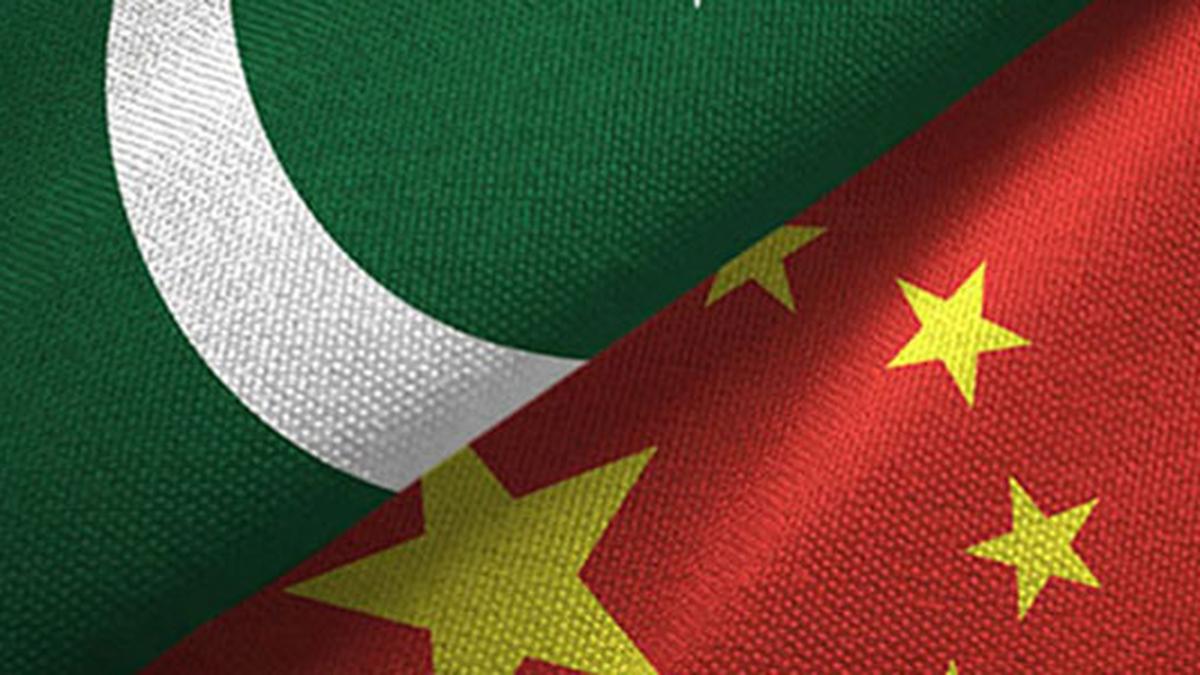
Debt owed by Pakistan, Sri Lanka and Bangladesh to China rise to record levels: Data
The Hindu
China's increasing dominance in global lending highlighted through rising external debt owed by countries, especially in South Asia and Africa.
Debt owed by various countries, especially in South Asia and Africa, to China has multiplied in recent years. China is either the sole or the major lender for the majority of these countries. In other words, these nations owe a large share of their external debt only to China.
Chart 1 | The chart shows the external debt stocks owed by select countries to China in $.
Chart appears incomplete? Click to remove AMP mode
Only the top 20 countries that owe the most debt to China in absolute terms in 2022 are depicted. External debt stock is the debt owed by a country to non-residents repayable in currency, goods, or services. It is the sum of all public, publicly guaranteed, and private non-guaranteed long-term debt, and short term debts.
As can be seen from the chart, the debt owed by South Asian, African, and South American countries to China increased significantly post the 2010s. According to the World Bank’s latest International Debt Report 2023, this was due to China’s ‘Going Global Strategy’, which was initiated in 1999 to improve Chinese investment and lending abroad. By the end of 2022, low-and-middle-income countries owed China a total of $180 billion. In comparison, the low-and-middle-income countries’ total debt owed to the International Bank for Reconstruction and Development, a global development cooperative owned by 189 nations, was just a little higher at $223 billion.
Also read: Data | From 5% to 15%, China’s share in India’s imports tripled in last two decades
Interestingly, China has given a big chunk of its new loans in recent years to neighbouring countries, while its loans to African and South American economies have fallen. As seen in Chart 1, Pakistan’s total external debt stocks owed to China rapidly surged from $7.6 billion in 2016 to $26.5 billion in 2022. In the same period, Sri Lanka’s total debt owed to China almost doubled from $4.6 billion to $8.8 billion. Bangladesh’s increased from $0.97 billion to $6 billion. Maldives’ increased from $0.3 billion to $1.2 billion. Nepal’s increased from $0.07 billion to $0.26 billion. Most of the debts owed to China are in the form of loans for infrastructure projects.

The 29th edition of the Conference of Parties (COP29), held at Baku in Azerbaijan, is arguably the most important of the United Nations’ climate conferences. It was supposed to conclude on November 22, after nearly 11 days of negotiations and the whole purpose was for the world to take a collective step forward in addressing rising carbon emissions.










